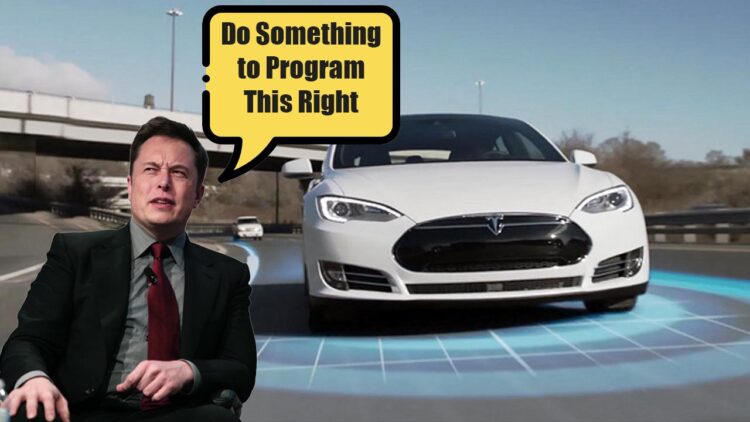A new report claims that Tesla CEO Elon Musk was often furious about how Autopilot turned out to be pretty dangerous during the testing phase
Back in 2015, Tesla’s CEO Elon Musk would often express his frustration with engineers as the Autopilot driver assistance technology faced issues during test drives, potentially putting his life at risk. However, it’s possible that the challenges came from Musk’s unwavering vision for how the technology should be.
Information from Biography ‘Elon Musk’
The information is sourced from Walter Isaacson’s recent biography of the technology tycoon, titled “Elon Musk.” The meaty details have been given in the chapter detailing the rollout of driver assistance technology. Musk had a firsthand experience with Autopilot veering dangerously due to faded lane markings on Interstate 405. This almost led to a collision with oncoming traffic. Following such incidents, Musk would passionately enter Tesla’s offices and reprimand his engineering team, consistently urging them to rectify the programming issues, as cited in the biography.
For those familiar with Musk’s approach to managing his employees privately, this scenario aligns with his tendencies. However, if Musk aimed to enhance software safety, he might have considered heeding his engineers’ recommendations. Over the years, these engineers have consistently advocated for the integration of light detection and ranging technology, known as LiDAR. LiDAR functions as a form of radar using light rather than sound. Meanwhile, several of Tesla’s competitors, such as Google’s Waymo, have effectively employed it to enhance the visual perception of their autonomous vehicles.
Musk’s Dissatisfaction with LiDAR
Nonetheless, Musk has remained resolute in his stance that Tesla’s vehicles rely solely on optical sensors, drawing a comparison to how humans predominantly use their eyes for driving, as outlined in the biography. Consequently, he has been lukewarm about utilizing conventional radar technology as well. In addition to being a matter of personal principle, there are financial considerations at play. According to Musk, forgoing LiDAR reduces manufacturing costs, a perspective that not all of his engineers supported.
“There was just such a gulf between Elon’s goal and the possible,” Tesla senior vice president Andrew Baglino told Isaacson. “He just wasn’t aware of the challenges.” Baglino added,”We’re trying to have those conversations with Elon to establish what the sensors would need to do, And they were really difficult conversations, because he kept coming back to the fact that people have just two eyes and they can drive the car.”
Evidently, Musk remained impervious to input from his team. Only Sam Teller, his chief of staff, managed to quell the CEO’s grievances. He proposed a straightforward remedy. This was to have the lane lines on the troublesome curve repainted, though this solution didn’t address the root issue. “We told Elon that it was best safety-wise to use it … but it was clear that he thought we should eventually be able to rely on camera vision only, “one young engineer who joined in 2014 recalled, as quoted in the biography. “After that, Musk’s Autopilot handled the curve well,” Isaacson wrote.


